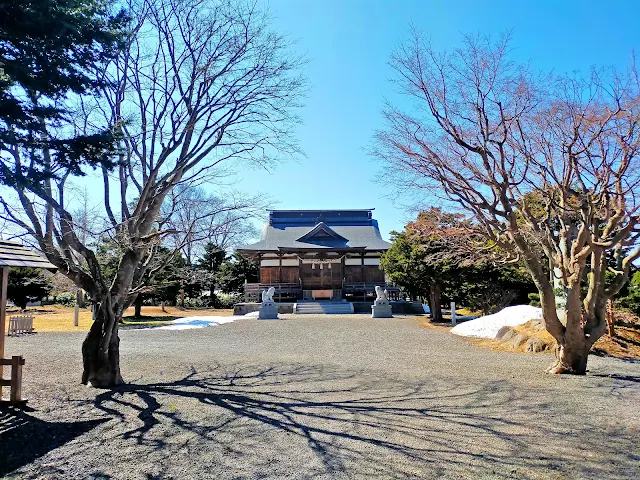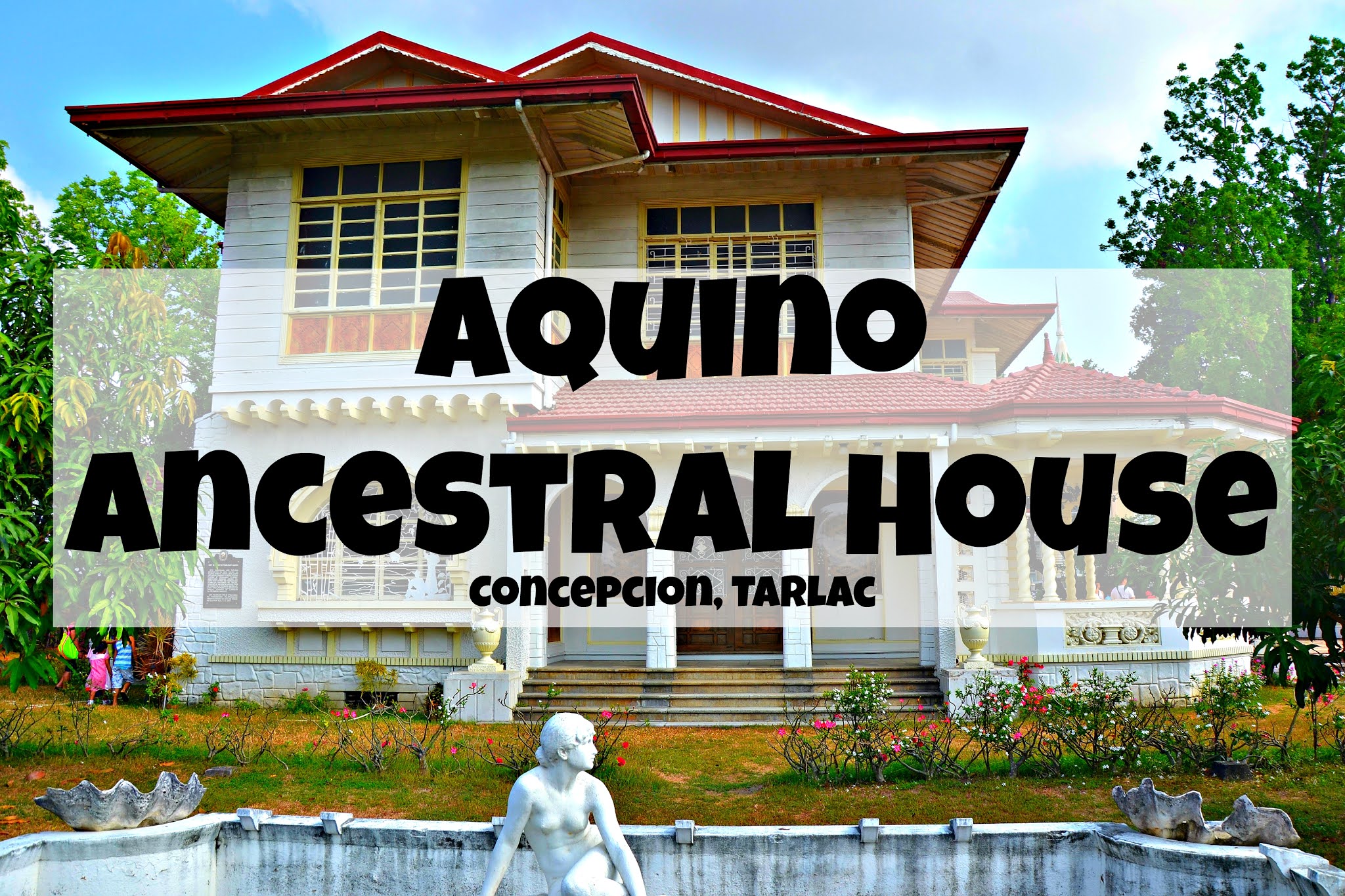Yakumo Shrine - Hokkaido
Yakumo Shrine (八雲神社) is the main shrine of the town of Yakumo. It is located at 56 Miyazonocho in the town of Yakumo, Futami District in Hokkaido Prefecture, Japan.
Yakumo Shrine details
Yakumo Shrine is a historical and cultural landmark that draws
visitors with its rich history and spiritual importance. Established in 1884 by
Tokugawa Yoshikatsu, the former Lord of the Owari Domain, Yakumo Shrine serves as a
testament to his vision of creating an ideal town for the settlers of the
former Owari Domain. The area was named "Yakumo" by the lord himself,
marking the beginning of a significant development project aimed at defending
the northern frontier and supporting the families of the Owari clan.
 |
| Yakumo Shrine - Yakumo town, Hokkaido Prefecture |
In 1884, Yakumo Shrine was constructed as a spiritual center for the newly arrived immigrants. Just two years later, in December 1886, it was officially recognized as a village shrine. A special petition was submitted to the Atsuta Shrine, located in Tokugawa Yoshikatsu's hometown, requesting a branch of the deity.
 |
| Yakumo Shrine's torii gate |
 |
| The Torii gate as seen from the shrine |
 |
| Yakumo Shrine's chozuya |
In March 1887, the deity was transferred to Yakumo Shrine,
officially establishing it as a branch shrine. Notably, Yakumo Shrine is the
only shrine in history to have received official permission to branch off the
deity of Atsuta Omikami, a decision made possible by Emperor Meiji himself, who
recognized Tokugawa Yoshikatsu’s significant contributions to the formation of
the Meiji government.
Yakumo Shrine's Main Hall
In the decades that followed, Yakumo Shrine continued to
grow in importance. It was promoted to a village shrine in June 1931, and in
1934, Tokugawa Yoshikatsu was enshrined. However, during World War II in 1943,
the shrine had to be relocated due to the construction of a military airfield.
It was moved to its current location, where it remains today.
 |
| There were several wooden ema or prayer boards displayed on the shrine grounds |
 |
 |
| Aesthetic pond inside Yakumo Shrine grounds |
 |
 |
 |
| Yakumo Shrine's Loyalty Monument |
 |
| There is what looks like a sumo ring next to the main hall |
The shrine underwent major renovations in 1999, which
included the construction of the building in the Gongen-zo architectural style.
A relocation ceremony was held on December 15th of the same year, ensuring that
Yakumo Shrine would continue to stand as a place of reverence and historical
significance.
Yakumo Shrine Komainu Statues
Today, Yakumo Shrine houses a collection of deities,
including Atsuta no Sume Okami, Amaterasu Omikami, Susanoo no Mikoto, Yamato
Takeru no Mikoto, Miyazuhime no Mikoto, Takeinada no Mikoto, and Tokugawa
Yoshikatsu no Mikoto. The shrine serves around 5,000 households in the area,
and its role as a spiritual and cultural hub continues to thrive. One of the
unique features of Yakumo Shrine is the Matsumae Kagura, also known as the
Dance of the Ages, a special ritual performed to honor the shrine’s deities.
Team Nicerio visits Yakumo Shrine
On April 2, 2023, during the second day of our three-day
Birthday Road Trip, my family and I visited Yakumo Shrine. This was during my
517th day in Japan as an ALT under the JET Programme. I made it a point to
include this shrine in our itinerary as part of our Hokkaido 179 challenge to
visit a shrine in every municipality that we visited in the prefecture. During
our visit, my daughter and I did our tradition of paying respects by offering
prayers. Aside from that, we also made a wish before leaving the shrine
grounds.
Yakumo Shrine Admission Fee
It’s FREE to enter and explore Yakumo Shrine grounds.
Yakumo Shrine Operating Hours
Yakumo Shrine grounds are open 24/7.
Why visit the Yakumo Shrine?
Yakumo Shrine is not only a place to connect with Japan’s rich spiritual heritage but also a must-visit for those interested in exploring the historical significance of Tokugawa Yoshikatsu's contributions to the development of the Meiji government and the settlement of Hokkaido. Whether you're a history buff, a spiritual seeker, or simply looking to experience the beauty of Hokkaido's sacred sites, Yakumo Shrine offers a profound and enriching experience. Sadly, as of this writing, Yakumo Shrine does not offer goshuin stamps.
Getting to Yakumo Shrine
There are ways to get to Yakumo Shrine, and here's the one I'm most familiar with:
From Hakodate Station, take the Local Oshamambe train on the Hakodate Line and get off at Yakumo Station. From there, you can either take a taxi or walk to Yakumo Shrine, which is approximately 1.7 kilometers away.
Travel time: 2 hours and 12 minutes
Fare: 1890 yen
Ratings
| Cleanliness |
| Overall rating |
 |






















Comments
Post a Comment